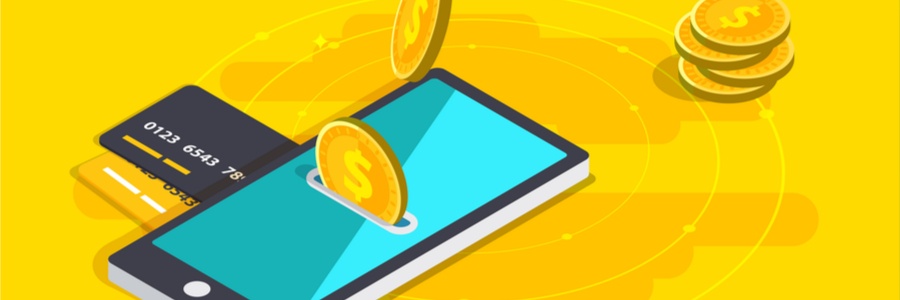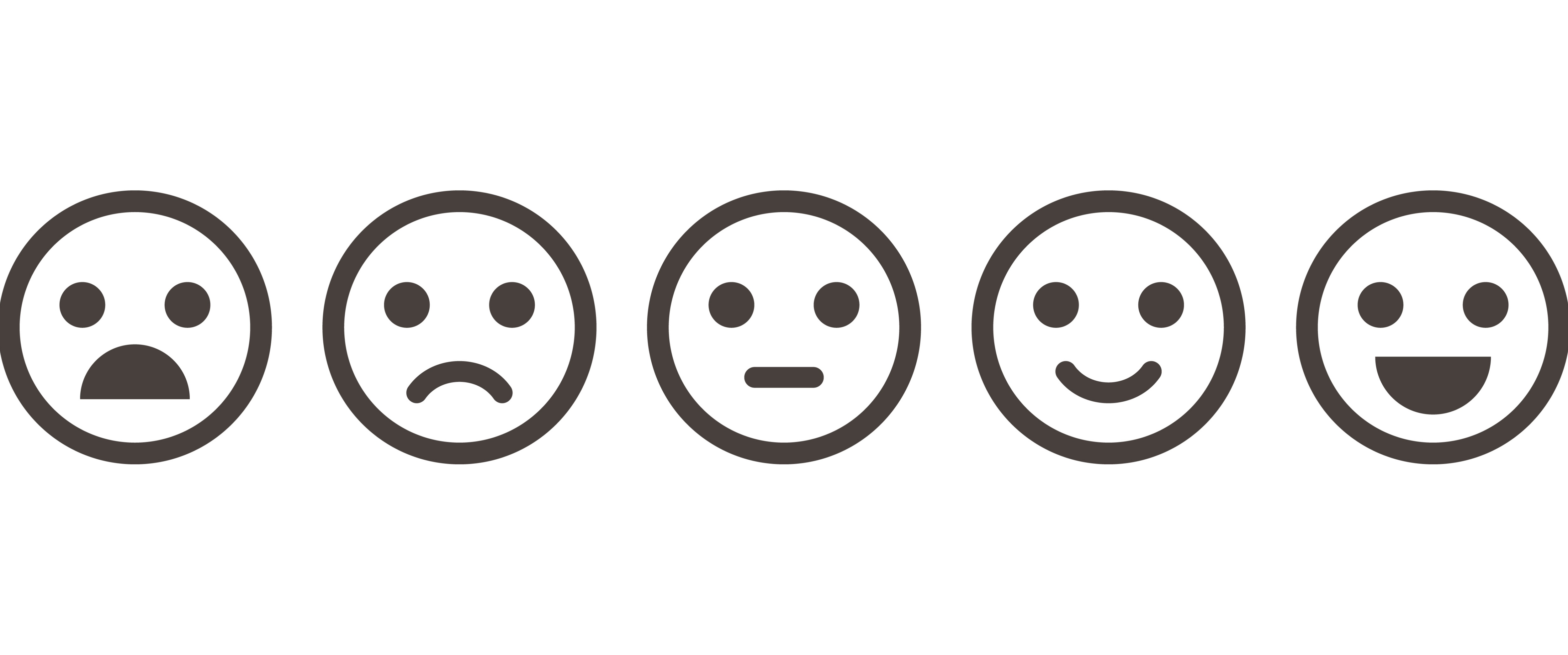
Is it time to conduct market research into your brand’s app?
Does it matter how it stacks up against your competitors’ apps?
Of course it matters. Apps are by far consumers’ technology of choice for accessing digital content. Getting them to download your app is like discovering a silver mine. And getting them to use your app regularly is like finding the pot of gold at the end of the rainbow. A successful app can turn the purchase funnel into a water slide: consumers ride down the digital chute to swim in your revenue stream.
Advanced mobile market research tools for evaluating consumers’ opinions about any app are now readily available. Significantly, they are housed inside an advanced mobile research app that meets validated, first-party consumers in the mobile-app space where they’re most comfortable and most easily engaged. The app is Surveys On The Go® (SOTG) from MFour, which puts consumer insights professionals in touch with a mobile research audience of 2.5 million U.S. consumers who consistently give it the highest satisfaction ratings of any market research app - 4.5 stars out of 5 across more than 100,000 ratings posted at Apple’s App Store and Google Play.
Here are some tips on how you can leverage mobile-app research capabilities.
- Fast-turnarounds are no problem when you’re surveying users of any brand’s app. They’re identifiable by the apps they use, so you can target known app users of any app you want to study.
- Get a thorough audit on your own brand’s app. Are load times fast enough? Does the display and ease of navigation meet consumers’ expectations? Remember, your app’s users are always judging it against their best app experiences.
- Now that you’ve gained intimate knowledge about your own app’s performance, the next step is to replicate the same research to get competitive intelligence on your competitors’ apps.
- Is there dissatisfaction in the ranks of a competitor’s app users? That’s an opportunity, and you can get all the details on what’s making your rival vulnerable on the mobile-app front.
- Does a competitor’s app get higher scores with its users than your app gets with your users? Now you know how much higher you have to set the bar.
Here’s an example of what a brand can accomplish by upgrading its app. This recent article from Mobile Marketer details how the USA Today Network, a news group of more than 100 local outlets nationwide, achieved significant gains in reader engagement by improving the performance of its mobile website and mobile app.
Identifying and reaching out to first-party consumers by the apps they use opens many other doors to relevant, highly-specific data. And that 100% incidence rate always guarantees you a perfectly streamlined process for the utmost in speed and accuracy. Apps are a great tool for segmenting consumers to gain targeted feedback on any topic that’s relevant to your market research. But more on that later.



